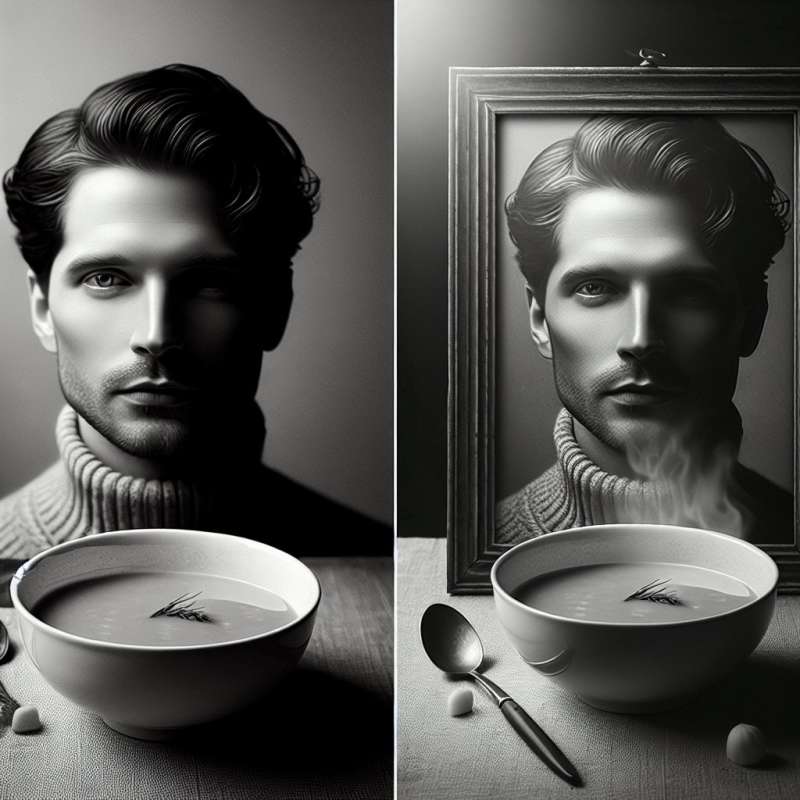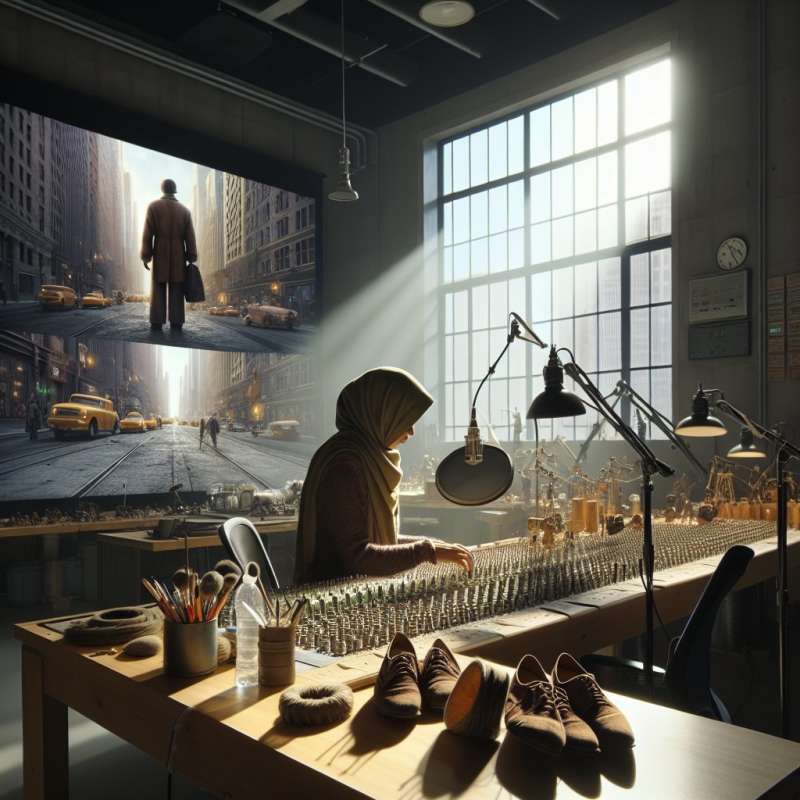
The Kuleshov Effect
Pioneered by Soviet filmmaker Lev Kuleshov in the 1910s and 1920s, this editing technique involves sequential shots that leverage viewers' mental continuity to evoke emotions without showing them explicitly.
Cross-Cutting Technique
This editing method builds tension by cutting between two or more scenes happening simultaneously at different locations, often used to heighten suspense in thriller and action genres.
Montage Sequences
Montages compress time and information, showing a series of short clips that narrate a story arc or a character’s development, often accompanied by music to enhance the emotional effect.
Match on Action Cuts
This seamless editing style maintains continuity by cutting from one shot to another while an action is still in progress, giving the viewer a sense of real-time progression.
Jump Cuts and Time
Traditionally considered a mistake, jump cuts are now a stylistic choice. They show an abrupt shift in time or location, often used in documentaries and vlogs for a raw effect.
Color Grading Impact
Beyond cutting, color grading shapes a film's look and feel. It can signify different eras, shifts in mood, or parallel storylines, greatly affecting narrative depth and visual cohesion.
Sound Editing Synchrony
Not strictly visual, sound editing is crucial for realism and immersion. Foley artists recreate everyday sounds that editors synchronize with visuals to enhance the believability of the scene.
Who pioneered the Kuleshov Effect?
Sergei Eisenstein
Dziga Vertov
Lev Kuleshov
Company